
AeroGenie: Su copiloto inteligente.
Tendencias
Categories
Latest Developments on Airbus A220

Latest Developments on Airbus A220
Origins and Market Positioning
The Airbus A220, originally launched as the Bombardier C Series in the early 2000s, was designed to serve the 100–150 seat market segment, bridging the gap between regional jets and larger narrowbody aircraft. Despite its promise of enhanced fuel efficiency and passenger comfort, the program struggled commercially in a market dominated by Airbus and Boeing, which together control nearly 90% of global market share. In 2018, Bombardier sold the C Series to Airbus, which rebranded the aircraft as the A220 and repositioned it as a next-generation jet for the global market. This strategic acquisition not only salvaged the program but also allowed Airbus to expand its single-aisle portfolio and establish a foothold in a previously underserved segment.
Today, the A220-100 and A220-300 variants are reshaping the small single-aisle market by offering airlines a modern alternative to aging fleets such as the Airbus A319 and Embraer E195. The aircraft’s efficiency and passenger-centric design have made it particularly attractive in markets where larger models like the A320 and A321 are less suitable. However, the program continues to face challenges, including supply chain constraints and engine reliability issues that have affected some operators.
Orders, Deliveries, and Operational Challenges
As of 2025, the A220 family has amassed a total of 941 orders, with 451 aircraft delivered. The larger A220-300 accounts for the majority of these orders, representing 87% (823 units), while the smaller A220-100 comprises 13% (118 units). Additionally, a limited number of orders exist for the ACJ TwoTwenty, the private jet variant. When compared to competitors such as the Boeing 737 MAX 7 and Embraer E195-E2, the A220’s order book underscores its growing appeal among airlines seeking efficiency and versatility in the 100–150 seat category.
Delta Air Lines leads the operator base with 145 orders and 79 deliveries, followed by JetBlue with 100 orders and 54 deliveries, airBaltic with 90 orders and 50 deliveries, and Breeze Airways with 90 orders and 41 deliveries. Most operators have reported notable improvements in fuel efficiency and passenger satisfaction since introducing the A220 into their fleets.
Nevertheless, the program has encountered significant operational hurdles, particularly related to the Pratt & Whitney PW1500G engines. Swiss International Air Lines has been notably affected by persistent engine reliability problems, resulting in a substantial reduction in flight hours and the grounding of its entire A220-100 fleet until at least 2027. To maintain service levels, Swiss has resorted to cannibalizing parts from its A220-100 aircraft to support the operation of its A220-300 fleet.
Production and Future Prospects
The A220 is assembled at two primary locations: Mirabel, Canada, and Mobile, Alabama. Airbus initially targeted a production rate of 14 aircraft per month by 2026. However, ongoing supply shortages and labor constraints have forced a revision of this goal to 12 aircraft per month, while the company continues to aim for its full-year delivery targets. As of 2025, production remains steady at approximately eight aircraft per month.
In parallel, Air Serbia is currently evaluating the A220-300 through a wet-lease agreement with airBaltic, a development that could influence the airline’s future fleet strategy. The A220’s design innovations, including larger overhead bins, have enhanced passenger experience and opened new ancillary revenue opportunities for operators.
Despite the operational and production challenges, the A220 remains a central component of Airbus’s strategy in the competitive 100–150 seat market, reflecting the company’s commitment to innovation and market expansion in this segment.
| Type | Orders | Deliveries | Backlog |
|---|---|---|---|
| A220-100 | 118 | 73 | 45 |
| A220-300 | 823 | 378 | 445 |
| A220 Family | 941 | 451 | 490 |
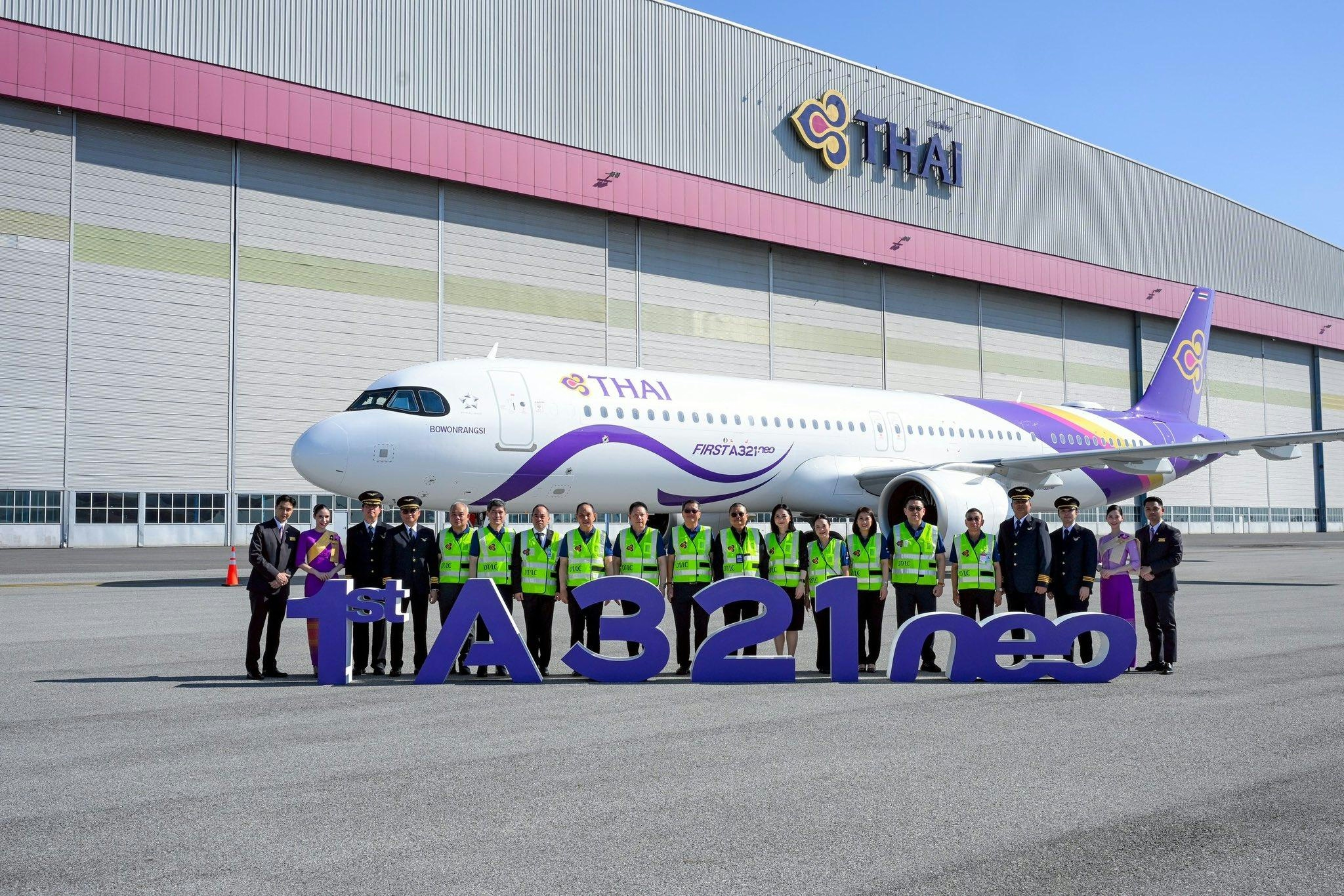
Thai Airways Receives First A321neo Aircraft
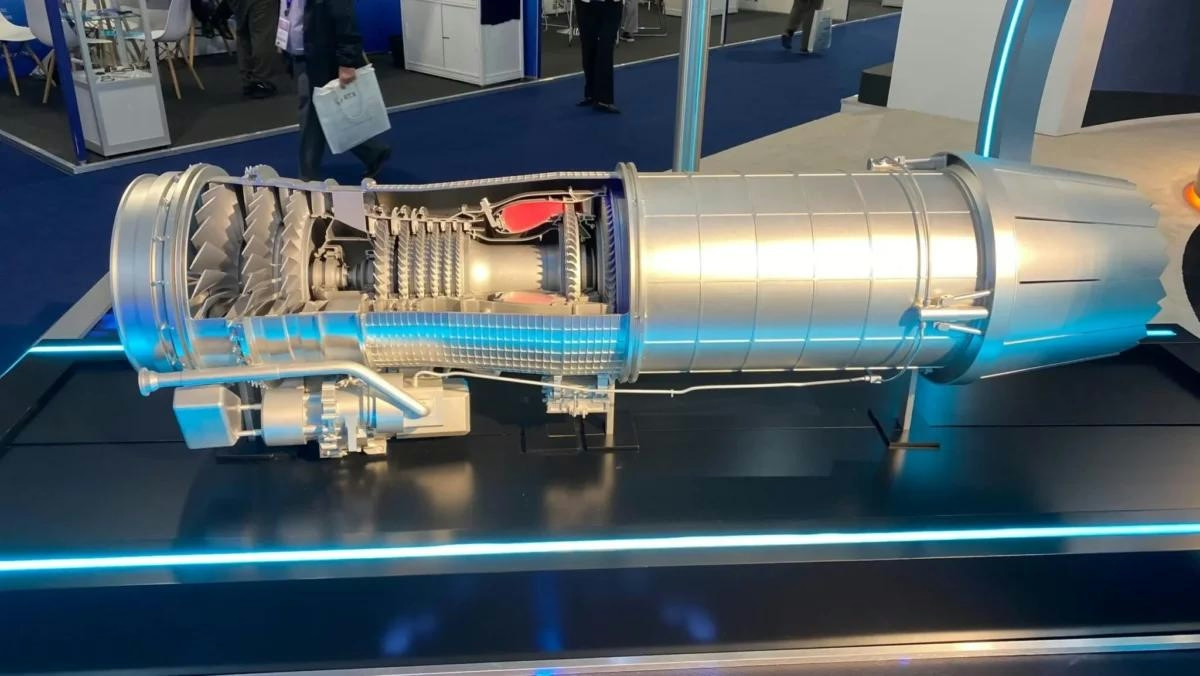
Seoul Invests 3.35 Trillion Won in New Fighter Jet Engine Development
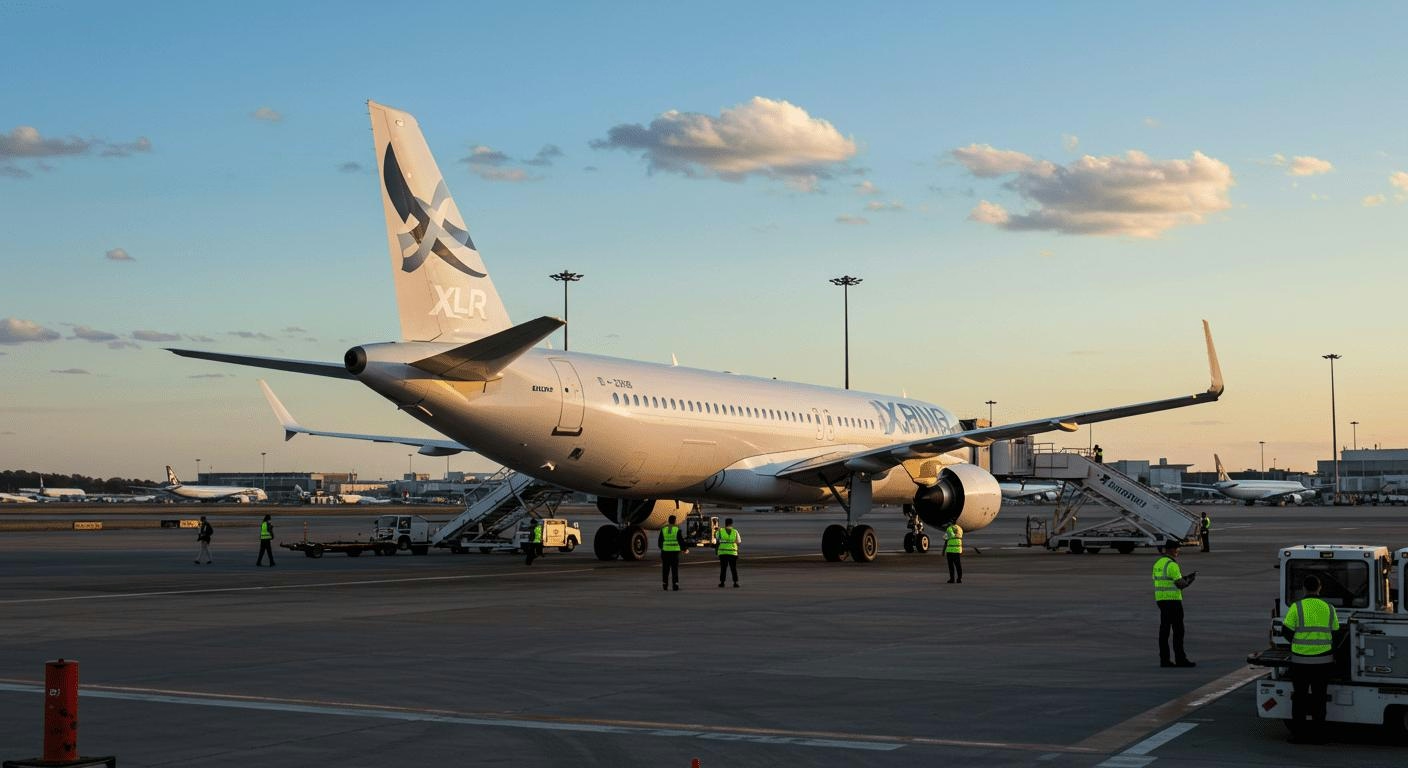
Can the A321XLR Replace Widebody Aircraft?
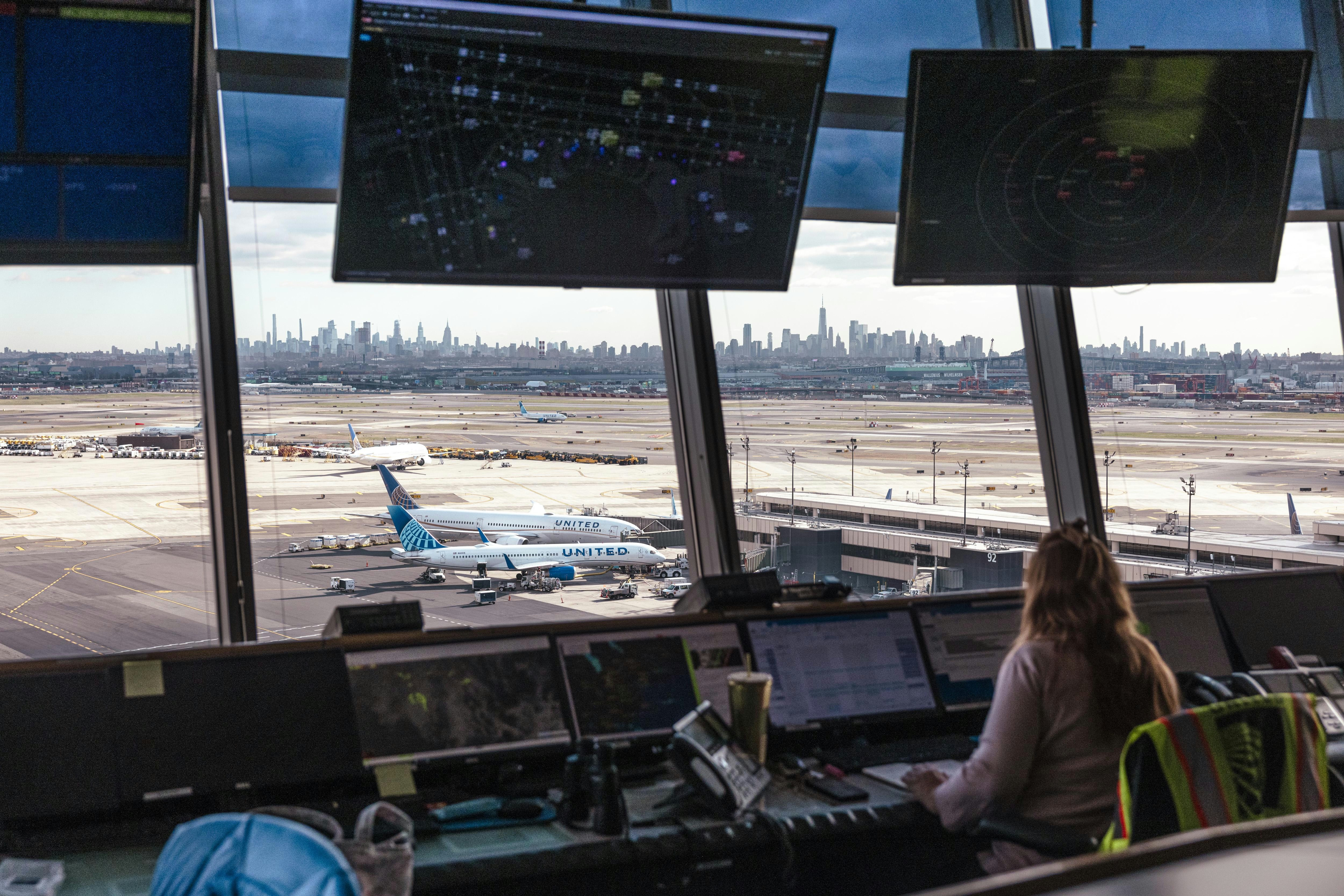
Airline Uses AI to Hold Flights for Passengers with Tight Connections

How Airlines Use AI to Set Flight Prices and What Consumers Can Do

Juniper Expands Fleet with Converted Freighter Leasing

FlyOnE Launches Air-Taxi Service to Rottnest Island
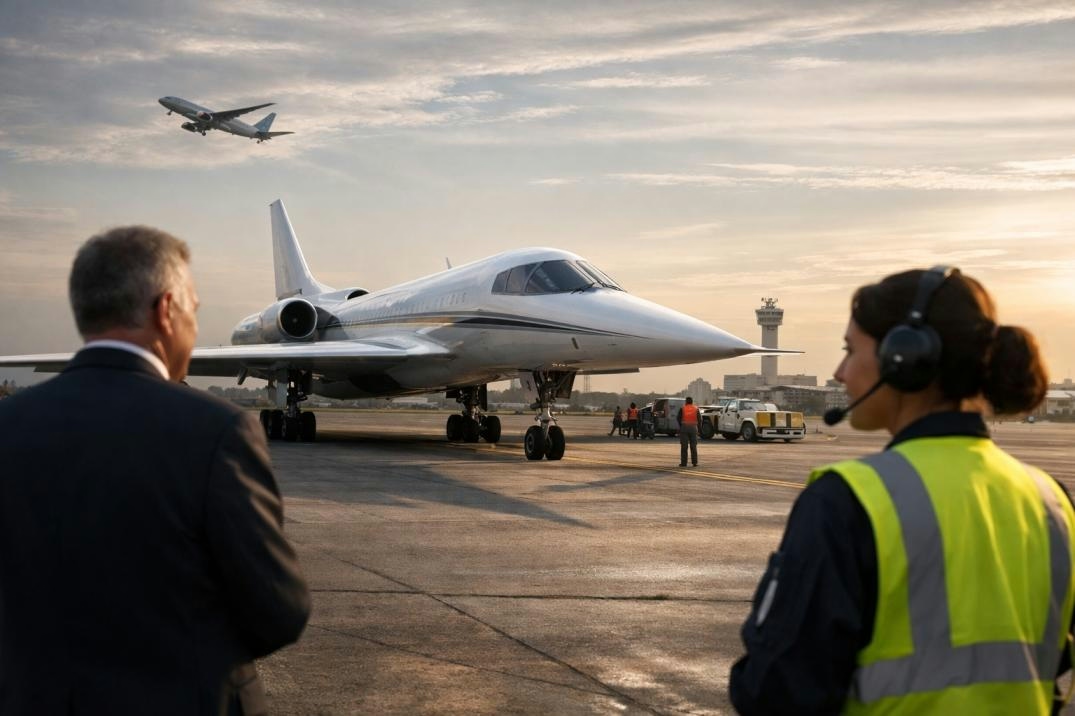
U.S. Plans to Resume Civil Supersonic Flights with Industry Support

MIT Proposes Method to Reduce Airplane Contrails and Climate Effects
